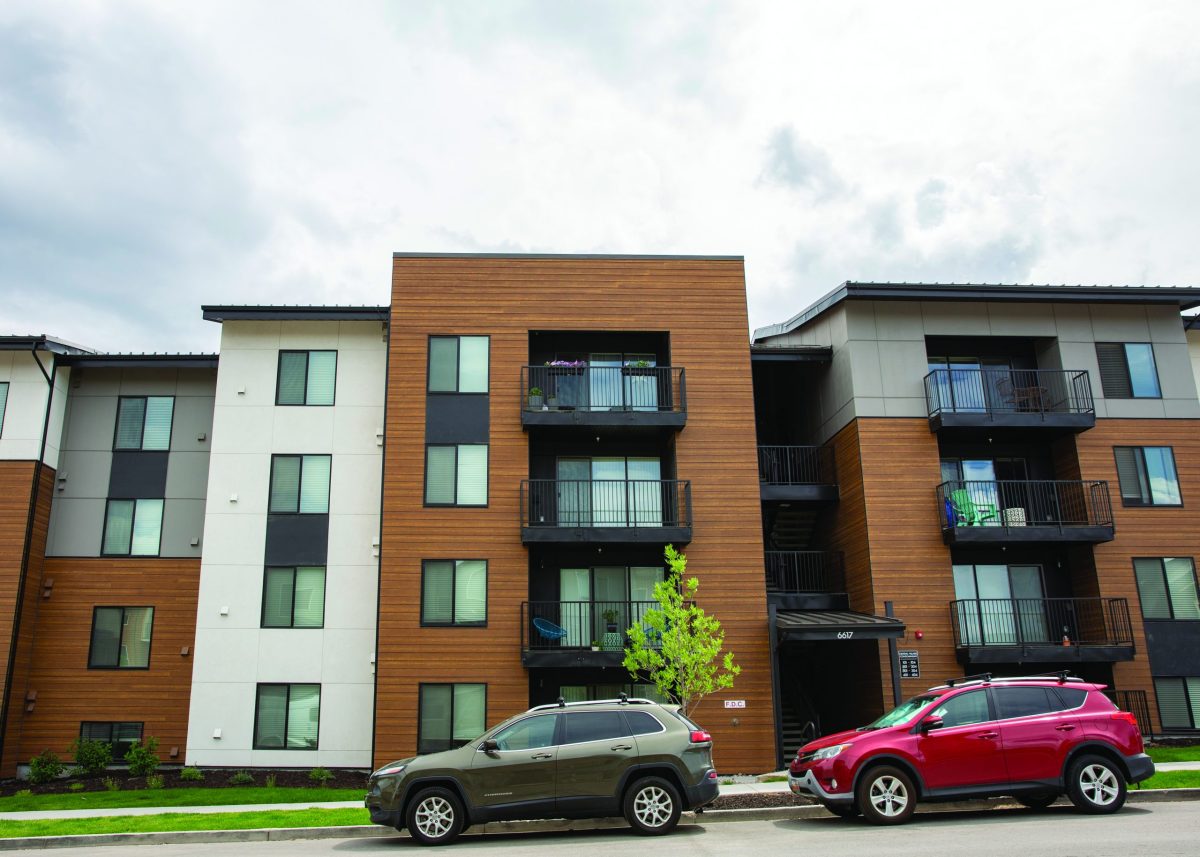Some people call it the “shoutiest debate on the internet,” and with good reason — the lack of not only affordable housing but housing in general impacts communities on a national level. The National Low Income Housing Coalition, for instance, says there is a shortage of more than 7 million affordable homes, affecting 11 million low-income families.
In Utah, Summit County and much of the rest of the state are feeling the crunch — and have been for quite some time. The challenge of satisfying the need for affordable housing was an issue long before the pandemic occurred.
“The real race is to create more dwelling units than households,” said Jeff Jones, economic development director for Summit County. “From 2010 to 2020, the housing gap in Utah shows a shortage of 44,500 units. It used to be that we developed enough housing units to where we could keep this in balance, but it’s become more challenging, particularly coming out of recession.”
Jones said developers were hesitant to reenter the housing market following the Great Recession, so communities fell behind on housing production.
“But people were still moving into the area for jobs while we fell behind in production, and we’ve been trying to play catch-up ever since,” he said.
Jones said the affordable housing shortage has broad impacts on the Park City community, acting as a force multiplier on issues such as traffic congestion. More people having to commute into Park City to reach their jobs, for instance, increases traffic on S.R. 224 and S.R. 248.
Yet, while most people in Park City support the ideal of affordable housing, not everyone is eager when a development is proposed near their neighborhood.
“The issue of acceptance is also a unique challenge,” said Jones. “Building a home is often a person’s largest investment. Many people don’t react in a positive way to new housing projects going in nearby. So you have the pressure to build more housing, but you also have the pressure of people who are less accepting of new growth.”
However, Summit County is already experiencing natural growth, Jones said.
“The last assessment completed illustrated we have an annual demand for affordable workforce housing around 400 units needed per year based upon our net natural increase and our net migration,” he said.
As winter nears, the need for service and hospitality workers stretches to around 6,000 jobs. Yet only 38.6% of Summit County’s workforce lives in the community, Jones said.
When Jones asked the Summit County Council what percentage of the workforce they want to capture, three council members indicated they’d like to see that number move closer to 50%.
Reaching that goal is likely to be challenging, as the issue of affordable housing has vexed many rosters of local elected officials over the years. But progress is being made.
“We have a number of housing projects in the pipeline right now, and we need to see what our numbers look like after some of those units are complete,” said Jones, referring to units at Silver Creek Village and a workforce project at Canyons Village involving 169 units and 1,100-plus pillows.
When companies move to Summit County, where their employee base will live is part of the conversation. The company must be able to recruit employees. If housing is not available, it jeopardizes the business. Summit County already has an inclusionary requirement, meaning that if a developer builds a new commercial space, they must set aside 20% of a project for affordable housing. Jones confirmed that applies to 80% of the area in Summit County.
“I think everybody is trying to find the best solution for housing affordability,” Jones said. “A lot is happening on the state level where people are trying to understand the needs and examine the best way to facilitate the production of housing. Hopefully, we all get smarter about how we build our cities and communities.”
Jones would like to see future decisions lead to housing that matches the employment sectors. He hopes this amenity-rich environment is something leaders can make available to those who work in Summit County.
“For Summit County, the main thing is we want to be responsible stewards of our environment so that what we pass down to future generations is equal to or better than what we currently have,” Jones said.

